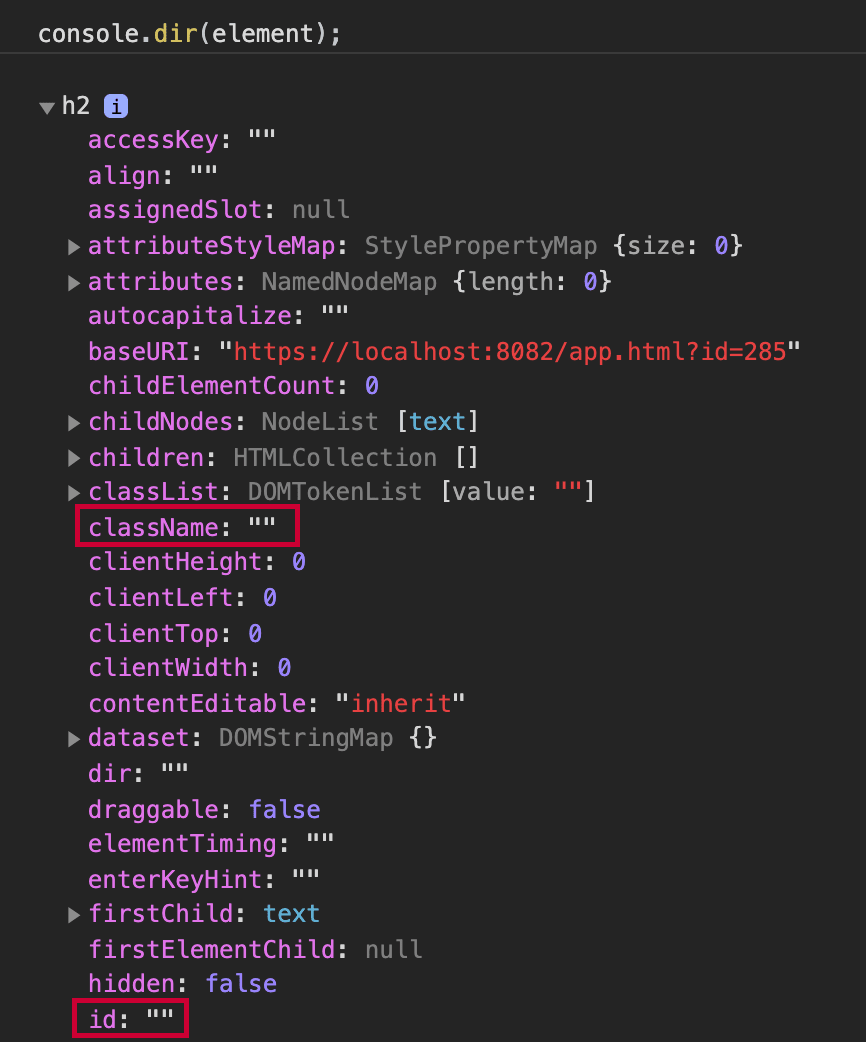Root irender theelementon the page inside the givenrootin theindex
Module 1
JavaScript concepts
When writing React applications, you will use a lot of JavaScript concepts, such as:
const/let
array/object destructuring
import/export
and more
Uppercase a string
Complete the function sayLouder such that it makes the text in uppercase.
}
// sample usage (do not modify)
Array.filter recap
const grades = [10, 2, 21, 35, 50, -10, 0, 1];
//get all grades > 20
Array filter
* @param {number[]} numbers
*/
console.log(getPositiveNumbers([10, -5, 2, -4]));
Array of objects filter
Complete the function getPassingTests such that it returns all the test results that have a passing grade (10 and above).
console.log(results);
}
}, {
id: 2,
}]
console.log(getPassingTests(data))
React intro
Short definition
Longer definition
It also allows you to reuse this logic in another part of your UI. Say for example, on the payment page, you can reuse the same logic without having to re-write it.
When learning React (or any other frontend library) it would seem like it's overcomplicated or over-engineered. It is normal to feel that way because the benefit of these libraries is mostly visible when you build medium-sized or large web applications with several team members. So, keep that in mind when learning and remember that the goal is to write maintainable and efficient code.
React is NOT a framework
React is not about the design of your UI
What about Web Components?
You could use Web Components to develop a Web Application, you don't necessarily need React. You could also use React to complement your Web Components and vice-versa. The main benefit of Web Components is that they work everywhere. And the main benefit of React is that it moves faster than Web Components. And this is pretty natural because Web Components are a standard (defined and implemented by the browsers) and React is a library that is not standardized.
What are we building in this tutorial?
The final project of this tutorial will teach you how to build the following online supermarket app with Stripe checkout.
Recap
Baby steps
function getReactVersion() {
}
Here's a quick refresher on how it works:
const element = document.createElement("h2");
It creates an HTML element, and we can see all the properties by
using console.dir(element) which is a method provided by browsers to
list all the properties of a certain object.
Here's how it looks like:

How would you change the class of the element? What about the style?
const element = document.createElement("h2");
Multiple classes can be set by separating the class names with a space character.
const element = document.createElement("h2");
You can also change the class with element.classList.add("name-of-class") however, you will see later on in React that you will need to avoid changing the DOM directly (for example with classList.add) and instead define the elements that you'd like to render; more on that later on.
Recap
const element = document.createElement(tagName) creates an HTML element
Complete the function createCard such that it returns a <div class="card"></div> element (not an HTML string)
function createCard() {
In React, you won't be using document.createElement.
However, we saw how it works because it shares some
similarities with React.createElement but it's not the same
thing.
Comparison
Return value
{
type: 'h1',
Changing the class/style
React.createElement("h1", {className: "center", style: "color: red"})
Notice that we wrote className instead of class because we're talking about the same properties as the one in the previous lesson.
Writing text
If you think that the syntax is a bit ugly and overcomplicated, you're totally right to think so. We will be using JSX which replaces the code above with a <h1>Hello World</h1>. However, JSX is NOT exactly the same as HTML hence why you should learn React.createElement first.
What is a React Element?
In React, an Element is the smallest building
block.
It is a representation of what the smallest piece of your User Interface
will look like. In its simplest example, that could be a paragraph with
the text Welcome inside of it (<p>Welcome</p>).
You will see later on how we will combine several Elements as well as
advanced logic to build our supermarket shopping Web App.
Recap
React Elements I
Complete the createDivElement function such that it creates a React Element that represents a div with the text Hello World!
function createDivElement() {
React Elements II
function createTitle() {
}
ReactDOM Intro
Popular notes will also be shown in yellow highlights which can be easily added to your notes with a single click. You can also disable those popular highlights from the top-right menu.
The save notes popup will not show up if you select lines spanning multiple paragraphs. It's because you retain information better when you take shorter notes.
Why is it a separate library?
ReactDOM makes this UI visible in the browser.
React Native makes this UI visible in a native app.
Reconciliation
As a React developer, this is a feature that you get out of the box with React and you do not have to worry about how it works (however, we will see later in this course why immutability is required for reconciliation to work).

Recap
ReactDOM Usage
npm install react-dom
This is something you have to do on top of the previous
installation.
So if you were getting started from scratch, you'd have to install both
packages (react & react-dom) like this:
Import Cost
Importing ReactDOM
import ReactDOM from "react-dom";
As you can see, this is a default import just like we had with the react package.
import {render} from "react-dom";
// You can call render()
Root of your app
Render your first Element
import {render} from "react-dom";
const root = document.querySelector("#root");
Does it feel overcomplicated?
You may be wondering if all of this is worth it, but keep in mind that it's totally normal to feel that way because the benefit of React (and other libraries) will only become visible once we start working with bigger (and real-world) examples.
Recap
Install ReactDOM with npm install react-dom
ReactDOM I
Render the element on the page inside the
given root in the index.html page.
When an index.html file is available, you can see the output of your
code by clicking on the Browser tab. You can try it
already in this challenge!
let root_element = document.querySelector("#react-root") ;
render(element, root_element);
let elem = React.createElement('h1', {}, 'Online Supermarket');
let rootElem = document.querySelector('#react-root');
import {render} from 'react-dom' ;
let thisElem = React.createElement('h1', {className: 'title'}, 'Online Supermarket');
Root Element
So once you have:
<div id="react-root"></div>
You are not supposed to do anything else with the root variable and
the <div id="react-root">...</div> because it will be
managed by ReactDOM.
We say managed by ReactDOM because later on, you will
be rendering things that are more complicated than Elements which would
update in the future. And ReactDOM will take care of updating these.
Use cases
There are 2 major use cases for React, here's how they affect the root element:
Apps built with React
Integrate React into existing App
And your application could potentially contain more than 1 root element in the future.
Recap
The root element is completely managed by ReactDOM





